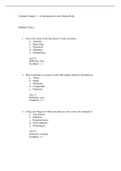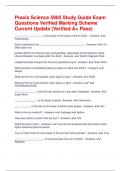Class notes
Class notes / summary Supply Chain Management Operations and Supply Chain Management, ISBN: 9781118808900
- Course
- Institution
- Book
Class notes / summary Supply Chain Management Operations and Supply Chain Management, ISBN: 8900. NHL Stenden, International Business year 1.
[Show more]













